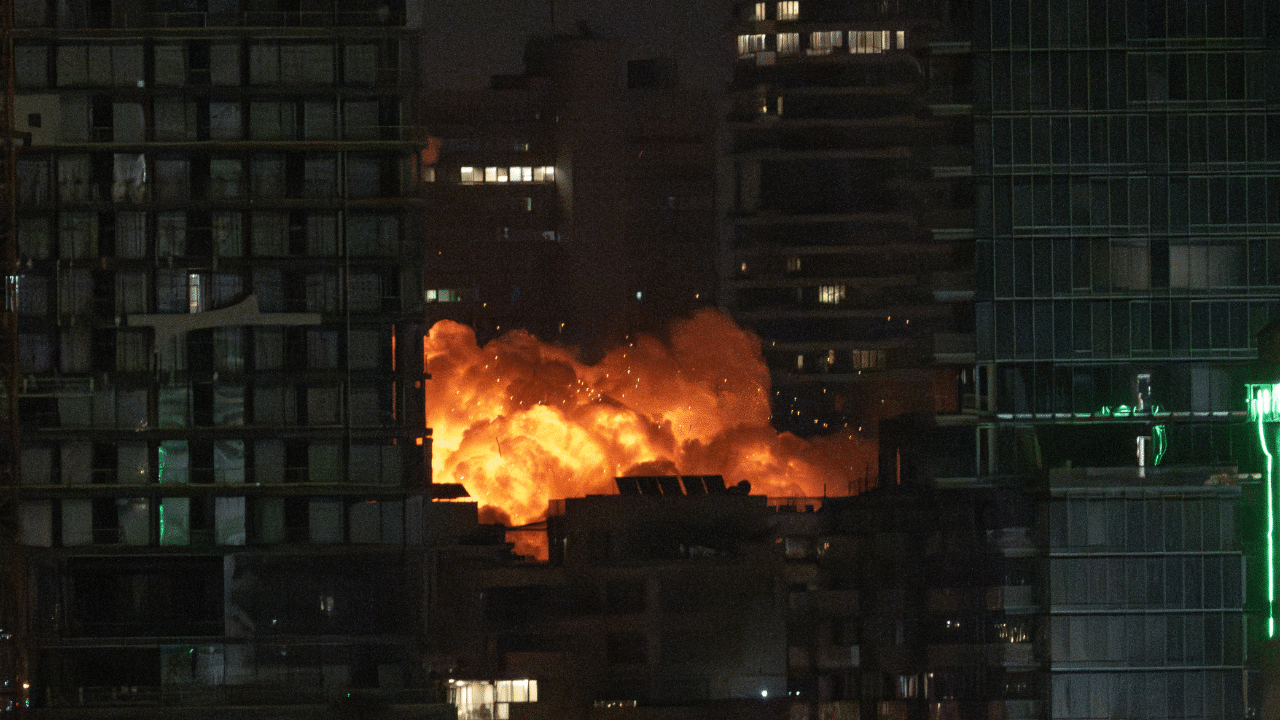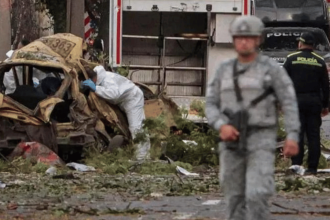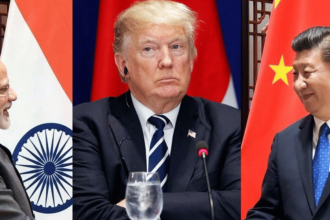
Kolkata: The ongoing Iran-Israel conflict is showing no signs of slowing down, with both sides attacking each other in full throttle. While the war has escalated tensions in the Middle East, the rest of the world is waiting in bated breath to see the role that the US decides to play in this war in the coming days.
If the US does get involved in the war on behalf of Israel, then its “bunker-buster” bombs will play a significant role, as those weapons can reportedly inflict significant damage on the Fordow nuclear fuel enrichment plant, built deep into a mountain. The bomb has to be dropped from an American aircraft, and the aftermath can be dangerous. It has to be seen if Israel seeks US help regarding its aim to destroy Iran’s nuclear capabilities.
What is the bunker-buster bomb?
“Bunker buster” denotes bombs which penetrate deep below the surface before they explode. The American arsenal has the latest GBU-57 A/B Massive Ordnance Penetrator bomb which is a roughly 13,600-kilogram precision-guided bomb that can destroy bunkers and tunnels which are deeply buried with extreme protection.
According to reports, the Ordnance Penetrator bomb can penetrate about 200 feet below the surface before it explodes. The bombs can be dropped successively, with each blast drilling deeper and deeper. While the bomb carries a conventional warhead, the International Atomic Energy Agency (IAEA) has confirmed that Iran is producing highly enriched uranium at Fordow. It leads to the concern that if the facility is hit, then nuclear material could be released into the area. However, the IAEA has said that when Israel hit Natanz, a major Iranian nuclear site, the contamination took place only at the site, not the surrounding area.
Strategic Analysis Australia director Michael Shoebridge told the ABC that it would be a tall task for Israel to destroy deep underground facilities in Natanz and Fordow. He said, “The Israelis don’t have the deep bunker-busting types of weapons.”
Notably, Fordow is the second major nuclear enrichment facility in Iran after Natanz. It is smaller than Natanz and is built into the side of a mountain near Qom, a city located about 95 kilometres southwest of Tehran. Its construction reportedly began in 2006 and in 2009, it became operational. And it was around then that Tehran publicly acknowledged its existence.




